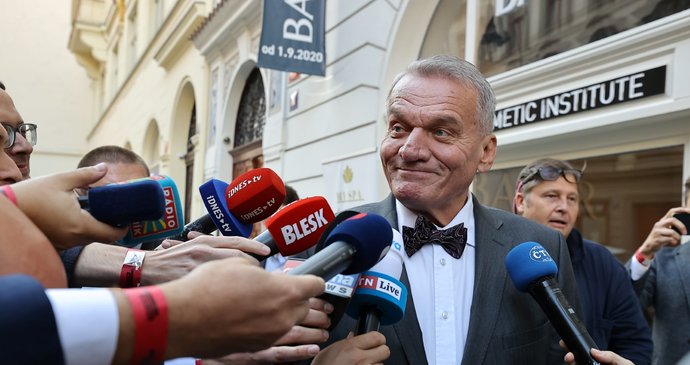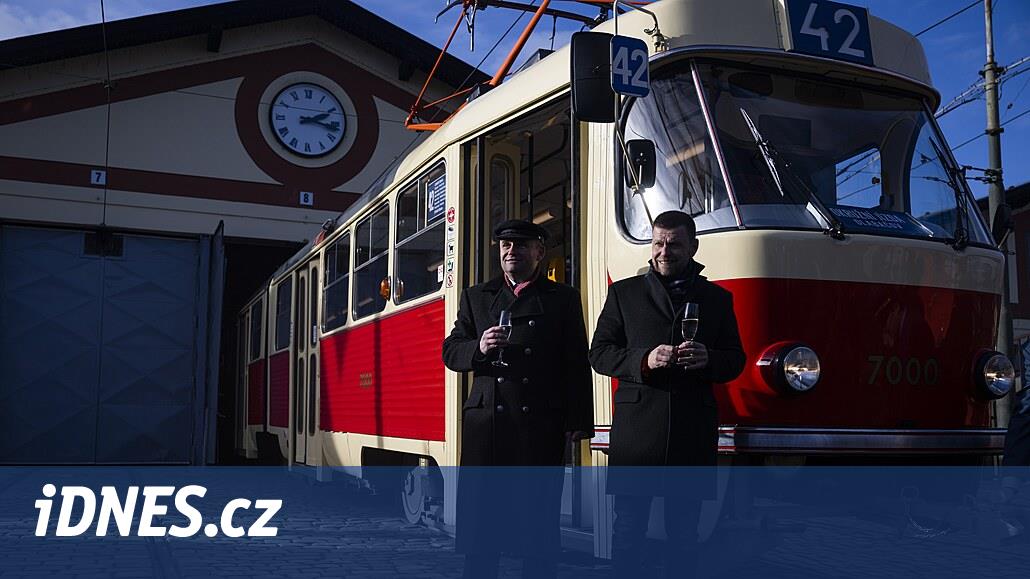Freshly printed playground. An open space in Prague 11 full of elements from 3D printers
-
They opened a playground in the Kupecký leisure complex in Prague 11, which consists of concrete elements printed on a 3D printer
-
The printing was provided by the company 3Dpozice, spin-off department of Brno University of Technology
-
Print 14 elements for the playground here permanently 10 hours of net time and consumption to reach 12.5 tons of special concrete mix
-
One day, 3D printing could make the construction cheaper and more attractive
The local course is unusually circular, its diameter is 14 meters and consists of 14 obstacles designed primarily for parkourists. These are elements that athletes can gracefully jump over, run around, climb over, or bounce off. But the shape or focus of this playground in Prague 11 is far from the most interesting. The exceptional fact is that the obstacles were printed by a 3D printer.
Any sharp edges are completely missing. The individual walls are cast with recycled concrete and reinforced shaped steel reinforcement. The printing mixture itself contains cement, aggregates, water, polypropylene fibers and special additives. And then there are the “more common” materials: for example, there is cast rubber on the ground. This is to make it softer for users with any impact. Similarly, the rendering is intended to inspire new users for all levels of athletes.
But the playground in the Kupecký leisure area in Prague 11 also inspires in many other ways. Especially in how to limit public space and where to move the architecture. 3D printing of local elements can be an example of both.
The printed playground is a joint project of Stavební spořitelna Česká spořitelna (Buřinky), 3Deposition and the city district of Prague 11. It was Buřinka who tried the technology before and approached 3Deposition for this project. The city district of Prague 11 then provided land for the playground. All three organizations say it is the first playground printed by the technology in the world.

In fact, the elements arrived in Prague 11 from Brno. It was here, at the Technical University, that they were printed on a frame 3D printer.
The press was in charge of 3Deposition, a company that separated as a spin-off from Brno University of Technology. These entities are established in the Czech Republic relatively exceptionally, and their potential and innovation is shown by the name spin-offs. These are companies that emerged as an interesting project from the parent university. Use her brains and innovate. But in order for them to function in the business world – this is where future profits are expected – you must operate legally separately.
The 3D deposition is only a few months old so far and reports that it wants to focus on technology for large-scale printing, including robotic 3D printing from concrete. It took 10 hours of clean time to print 14 elements for the course. Consumption reached 12.5 tons of special concrete mix. The project also included the preparation of the printers themselves. “It applies a 50 millimeter wide layer of a special concrete mixture at a speed of 155 millimeters per second and can print objects up to 3x3x3 m in size. It can be disassembled, taken to another location and reassembled,” explains Petr Krejčiřík, head of development at 3Deposition.
Nothing square
In the Czech Republic, 3D printing technology has already been used on construction sites and has attracted considerable attention. Printed objects in public space began to appear in 2019 in České Budějovice. People could sit there on special benches and admire the flower pots, both of which were relatively unusual organic shapes. These are mandatory for 3D printing. By “pouring” the concrete with the head, its slight flow and gradual drying does not even make it possible to create anything angular.
The rounded creations did not appear by chance in České Budějovice. Michal Trpák, their author, sculptor and co-founder of Scoolpt, works in the city. And just a year later, Scoolpt developed 3D printing technology in the Prvok project, the first ever 3D printed house in the Czech Republic and one of the first (almost) fully printed houses in the world. 3D printing simply cannot prepare the roof – the technology has to print a background layer to a height that is then very difficult to move. And dried concrete also complicates the work and the location limit by its weight.
The element with a total area of 43 square meters swallowed 17 tons of concrete mixtures, its printing took a total of 22 hours and drying for another 28 days. And in fact, the building was divided into two parts – not only for better drying, but also so that it could not be moved from the hall in České Budějovice at all. The element traveled to Prague, where the creators placed it on a pontoon directly on the land of the Vltava. And a little later to southern Bohemia, where it can still be seen today.
The park looks very natural, yet it is a building, architects Veliček say. They created a resting place from the tankodrome in České Budějovice
It is enough for the creators of similar projects to deal with all technological obstacles, they are clearly taken care of for years to come. According to the Experimental Center of the Faculty of Civil Engineering of the Czech Technical University, such a house can withstand an avalanche without any problems. Or two loaded trucks full of gravel. Experts tested Prvokou for a pressure of 50 tons, which was the maximum that could not be developed with the press there. He originally planned to destroy the building.
Cheap buildings? Maybe once
To build the Proto-financially permitted Stavební spořitelna Buřinka, which showed it to the public with the idea that it could represent the first step towards a revolution in the construction industry. Thanks to similar technologies, this could at least partially deviate from manual work. And such the first attempts are costed in millions of crowns, as a result 3D printing of houses could also reduce the cost of construction. The goal is for the cost of building one square meter to reach 30 thousand crowns.
Thus, if it really spread and best used at the same time as a printing material, the so-called recycled material, once used “feed” for large machines, which lay on this concrete material in rows on top of each other. If the building has reached the end of its useful life and the material has been crushed, it could be used again as input for further printing. And then again. And so on, practically unlimited.
“For greater expansion, we need to get acquainted with the possibility of 3D printing of buildings not only researchers, but also architects, builders, government and local government,” said Jiří Vele, an architect involved in the development of a limited program for robots. 3D printing of buildings at CTU. “In addition to the reduction in prices, 3D printing could eventually make the construction industry more attractive as a field and create new fields of study,” added economist and analyst Pavel Šik at the time.
It is the open field that can contribute to something like this. The project was sponsored by the Mayor of Prague Zdeněk Hřib, the Mayor of Prague 11 Jiří Dohnal and the Czech Parkour Association. And when its experts prepared it, they conducted a survey, according to which 42 percent of respondents already know the possibilities of 3D concrete printing. And for example, every tenth can imagine metal printing. At the same time, this first application of 3D printing in construction eventually led to the creation of an association focused on such projects focused on: the Association of Innovative Technologies and 3D printing in Construction.



